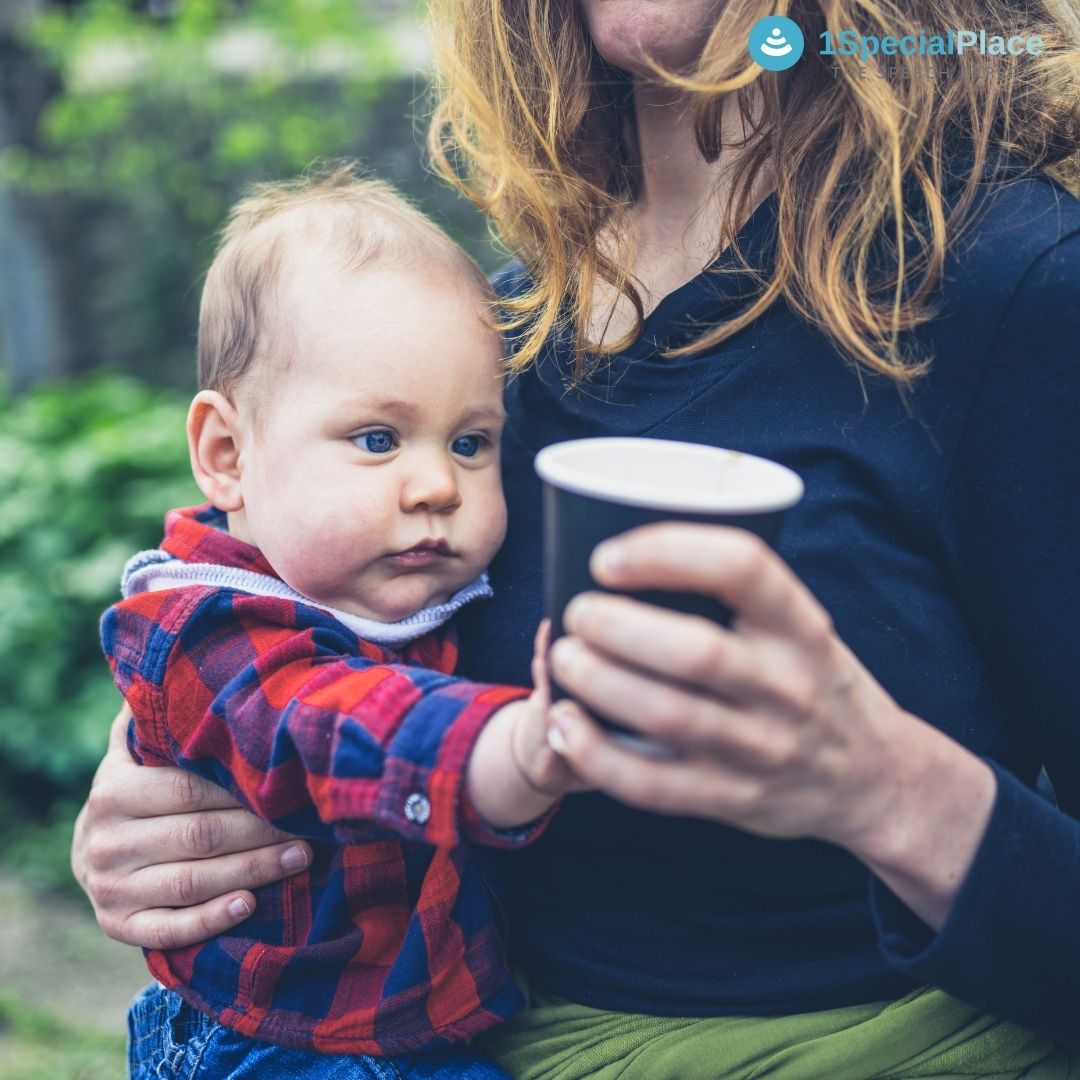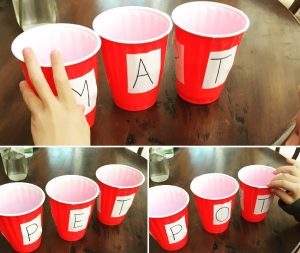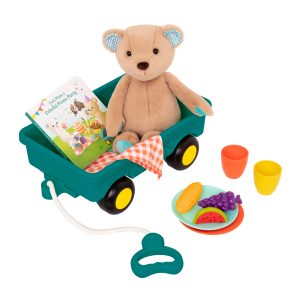
Paper Cups for Language Development
Paper Cups for Language Development
A speech therapy session usually begins with an assessment by a speech-language pathologist. During the session, the speech therapist implements different speech and language techniques through activities like app-based learning, sensory play, role play, etc. Incorporating speech activities into the daily routine at home can be extremely beneficial to your child. As a result, children learn the best, achieve their goals the fastest, and generalize skills into their everyday lives. The activity is more effective when it involves simple, easy-to-handle materials, such as paper cups.
Parents in today’s society are over-scheduled with work, family, extracurricular activities, etc. So, it is difficult to execute home training effectively. But the good news is that speech practice can be done from just anywhere. You can have a lot of fun and be effective if you have minimal preparation and a little creativity. In this post, I share some quick, and inexpensive ‘do-it-yourself’ ideas with cups. Cups are a fun tool to incorporate into your speech therapy. They are readily available, affordable, and easy for children to handle. Also, cups are of different sizes, colors and, materials. Here are some ways to use cups during home training.
Story narration with ‘paper cup characters’
Children enjoy listening to stories. Parents can make narration interesting by introducing characters in the form of puppets or dolls. However, customizing characters for different stories might not be always possible. So the quick and easiest way is to doodle the characters on paper cups. Parents can involve the children in this task. Children will actively engage in doodling, and naming the characters. Moreover, children can be encouraged to create a story of their own with these characters.
Word building game with ‘alphabet paper cups’
Parents always search for innovative and simple ways to combine academic skills with speech and language activities. Teaching the alphabet is a vital part of academic development in young children. Further, understanding how the alphabet joins with each other to create words speeds up the reading process. The paper cups are cheap and quick to put together and can be adapted to be used in a wide range of ways, making them even more appealing.
Simply write the alphabet on each paper cup. Color-code can be used for vowels and consonants. Parents can train the child on identifying and naming the alphabet. Later, train the child to combine the alphabet to create words. Thus, the child will be sequencing alphabet cups in the correct order to form meaningful words.
Learn emotions with ’emoticon paper cups’
Learning the concept of emotions can be tricky for children with developmental delays. A fun and simple craft to teach your little one about emotions are with paper cups! Emotions like happiness, sadness, anger, fear, surprise, etc. can be hand-drawn as emoticons on the cups. Children and parents can involve in the following games with these cups:
- Imitating emoticons
- Recognizing the correct emoticon acted by the parent
- Matching similar emoticon cups
- Rewarding children with emoticon cups that represent happiness
Roleplay with ‘juice cups’
Imagination is a key part of childhood. Imagination through pretend-play has its place in speech therapy. Pretend-play in childhood is generally unscripted. It helps the child develop executive functioning skills. By engaging in these activities, the child develops his vocabulary, narrative skills, and conversational ability. The easiest way to conduct pretend-play with your child is to arrange a picnic scene. Gather a mat, paper cups, dolls, or stuffed toys for this. Then, arrange the dolls on the mat and give them each something to drink, in the cups. Next, your child can pour colored water into cups. Additionally, adding sugar to the drink with a spoon, mixing it, and providing a straw are later steps of the same activity. Further, this facilitates symbolic and interactive play skills as well as the usage of pronouns (his cup, her juice, etc.), sharing, and turn-taking.
Asking questions through ‘guessing the hidden picture’
Asking questions is an important form of communication. By asking questions, your child initiates an active role in his learning and critical thinking.
Plan an activity of guessing the hidden picture- stick the flashcards of target vocabulary beneath random colored cups. Further, the child can be prompted to say, “Is it under the _____?” or “Where is the _____?” before picking up each cup. This activity allows the children to ask questions. Also, a scoreboard can be made which will depict the winner who collects the maximum number of stickers.
Teach multiple concepts in a single activity
Prepositions and opposites are some of the most commonly used words in communication and are essential in developing the language. A preposition has different functions, such as describing a place, movement, time, and possession. Cups can be used as a part of a table-top activity in which, the children can be instructed as follows:
- put the pebble in the cup
- hide the paper under the cup
- keep the pom-pom on the cup
- let the teddy sit in between the cups
You may also ask questions like, “Where is the pebble?”. Moreover, parents can teach their children how to use phrases or sentences that incorporate suitable prepositions.
Along with prepositions, you can combine the concept of opposites too. Following are the sample activities to introduce opposites:
- Fill one cup with pom-poms and compare this with an empty cup so that the child understands the difference between empty and full.
- Fill a cup with pebbles and another one with cotton. Then, compare the weight of the two cups. Through this, children understand the concept of light and heavy.
- Place several cups in front of the child. Hide a flashcard under a cup. Encourage him to search for the flashcard under each cup. Then, parents can introduce the concept of yes and no.
Getting creative with a simple household object will give your little one a long duration of fun, imagination, and language development. Parents need not worry if they don’t respond to everything you are showing them. It is a challenge for them to process new concepts in their little brains! Give them time, show them how much fun exploring can be! Happy playing!
- Paper Cups for Language Development - March 15, 2022
- ADIP Scheme for Hearing Impairment - August 4, 2021
- Auditory Verbal Therapy for Cochlear Implant kids - December 30, 2020




Leave a Comment
(0 Comments)